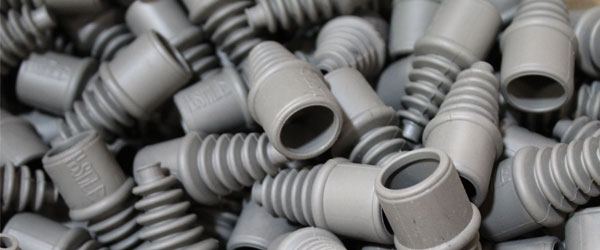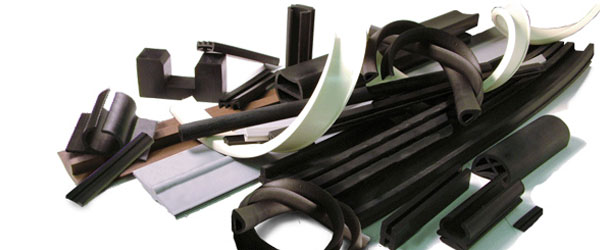To decrease the modulus of a natural rubber compound, you can consider the following options:
Add fillers: Fillers such as carbon black and silica can increase the stiffness and modulus of the rubber compound. Adding fillers with a lower surface area and/or smaller particle size can decrease the modulus.
Use a low modulus elastomer: You can blend natural rubber with other elastomers with lower modulus, such as polybutadiene, styrene-butadiene rubber (SBR), or ethylene-propylene-diene monomer (EPDM). This can reduce the overall modulus of the compound.
Reduce crosslink density: Crosslinking is a process that improves the mechanical properties of the rubber, including modulus. By reducing the crosslink density, you can decrease the modulus. This can be achieved by adjusting the cure system or using a lower level of crosslinking agents.
Adjust processing conditions: Modulus can be affected by processing conditions such as temperature, time, and pressure. Adjusting these parameters can help decrease the modulus of the rubber compound.
Use plasticizers: Plasticizers can reduce the modulus of the rubber by increasing its flexibility. However, excessive use of plasticizers can also affect the mechanical properties and durability of the rubber.
It is important to note that any changes to the rubber compound can also affect its other properties such as strength, elongation, and resilience. Therefore, it is important to consider the intended application and requirements of the rubber product before making any modifications to the compound.
 (909) 987-1774
(909) 987-1774 Email Us
Email Us







